By Leigh Schanfein.
Dance is a full body activity. We use our lower limbs, upper limbs, torso, head, brains, lungs, heart, muscles, bones, eyes, ears… the list goes on! From the tips of our fingers and toes to the depths of our bowels, every part of us is involved in the dance. Even if we just consider our muscles, every muscle is causing movement, relaxing to allow a movement, or stabilizing a joint. It can seem odd that the parts of our bodies that we tend to most associate with dance are the lower limbs: the thighs, legs and feet as joined by the hips, knees and ankles. But it makes sense – the lower body is where most of the hard work takes place having to move us around, working against forces that can greatly exceed our body weight.
Intentionally and by default we use the upper body too, in gesture, partnering and even for weight bearing. So dancers need to be smart about the health of their upper limbs: trunk, shoulder girdle, arms and hands. Because it is often neglected, the upper body can more easily become a site of injury when put to use in more strenuous ways. But it’s not necessarily inadequate strength that will get you in trouble. “Form and lifting mechanics are just as important as strength building,” explains Leigh Heflin, program coordinator at the Harkness Center for Dance Injuries, NYU Langone Medical Center, Hospital for Joint Diseases. In fact, she says that the main reasons for upper body injury are poor mechanics (form), and not practicing progressive overload when attempting to increase strength.
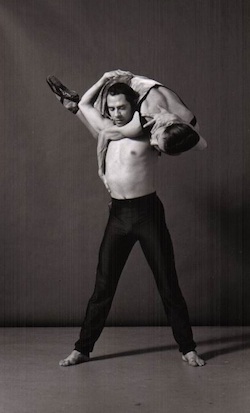
Ricardo Gomez and Leslie Cardona in Marijeanne Liederbach’s ‘Two to Tango’ use their strong upper bodies to execute lifts. Photo by Mark Schreyer.
Form
Avoiding injury is not just about having sufficient strength or flexibility. To help avoid injury while performing upper bodywork, dancers should always attempt to use correct mechanics. Mechanics is how the body acts and reacts to energy and force. When putting weight on the upper body, there are increased forces on those joints, including the spine. Lifting especially increases compressive forces on the spine, the lower back in particular. Adolescent dancers are especially at risk for injury as a result of poor mechanics; they tend to have more anterior (forward) tilt of the pelvis and lack core strength required to maintain good alignment. In addition, the ages at which dancers tend to start upper bodywork, especially young men starting partnering, tend to coincide with puberty and its associated growth spurts. Paradoxically, this time when so much more is demanded of young dancers is also a time of major physical changes. Muscles and bones do not even grow at the same rate during growth spurts! This can lead to joint instability, functional strength loss and decreased proprioceptive awareness (knowledge of limb placement). As a result, adolescents are at a particularly high risk for back injuries, but the most important thing to remember is that these injuries can be prevented with skill.
Heflin, who is also a personal trainer and teaches conditioning for dancers, emphasizes that dancers must learn form first and then build strength, and the most important elements to develop good form are to keep a neutral spine and to dissociate.
For a Neutral Spine: Develop core control to unload the spine and reduce compression and shear forces. For example, develop the strength of the transversus muscle in the lower abdominals.
For Dissociation: Learn to move body parts independently so accessory body parts do not become overly involved in the movement. For example, being able to bring the arm up towards the head without raising the ribs or shoulder.
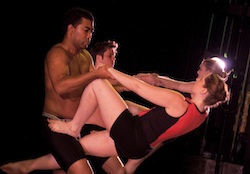
CONNetic Dance use upper body strength for partnering in a performance. Photo by Nick Caito.
Progressive Strengthening
Dancers tend to already have good muscular endurance but lack muscular strength, specifically in power movements. Dancers should not expect to get the training they need for adequate muscular power through the course of rehearsals; they should cross-train outside of dance. The goal of strength training is not to always hit a maximal output or to bulk up. In fact these are not even associated with increased strength, especially in young dancers. Strength training should be about improving motor control and functional strength.
Heflin recommends the following:
Do: Lift one to two days a week.
Practice strength training one day a week regularly and increase to two days a week when you are not in high performance mode or otherwise loading the upper body. If you are training two days a week, make those non-consecutive days so you have rest between sessions. You can also focus on different muscle groups, getting large and small in each workout but doing different groups each day.
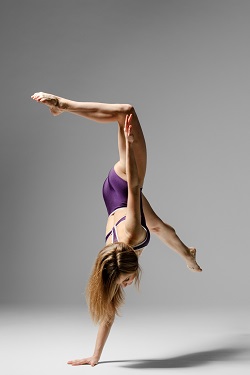
Dancer Angela Palladini uses her upper body strength for floor work.
Photo by Christopher Peddecord.
Do: Practice progressive overload.
If you recall from last month’s “Injury Prevention 101: 5 Healthful Fundamentals” article, progressive overload dictates that you do not do too much too soon. Give your body time to adapt by taking several weeks to increase your load. Each week you should either increase your repetitions (reps) or your sets or your resistance/weight. Do not increase them all at once!
For power (especially for men who lift):
Do lower reps, more rest between sets, more weight/resistance.
Do only three to five reps, which should be at enough weight/resistance to bring you to fatigue. Take two minutes to rest, and do another set. Repeat two or three sets to fatigue.
For endurance:
Do more reps, still rest between sets, less weight/resistance.
Do a maximum of eight to 12 reps, which should take you to fatigue. Take a minute to rest, and do another set. Repeat two or three sets to fatigue.
Don’t believe the myths!
Do not worry that you will bulk up – you do not need to worry about hypertrophy! Even guys will not bulk up just from weight training a few days a week.
Do not worry that you will lose strength if you don’t workout every day – you can maintain strength by training one day a week! It takes several months for someone to lose their accumulated strength. This is often confused with endurance, which does only take two weeks of inactivity to diminish.
Do not worry that strength training is only for men – men usually lift but there are role reversals! Especially in modern and contemporary dance, women lift other dancers as well as perform inversions where any dancer will need to take his or her body weight onto the upper limbs. When speed is involved, dancers work with forces greater than body weight.
For younger athletes it is especially important to work with a knowledgeable adult who can guide you through correct form and ensure you are successfully following progressive overload. Lack of supervision and enforcement by that supervisor of these two elements are known risk factors for injury as well.
For another reputable source of information about lifting and weight training, visit the official website of The National Strength and Conditioning Association (NSCA) at nsca-lift.org.
Photo (top): Linay Mitchell of Sundance Ballet Company. Photo by Carrie Maschmeier.


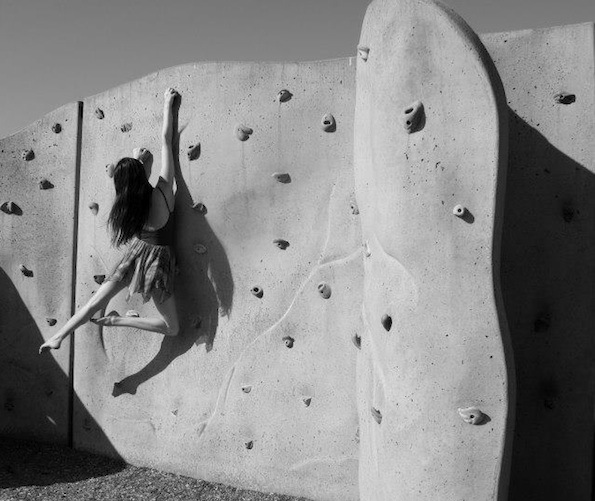











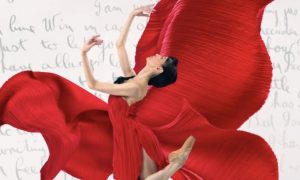

Pingback: Tips for a Winning Summer Break | CAPEZIO Spotlight Blog